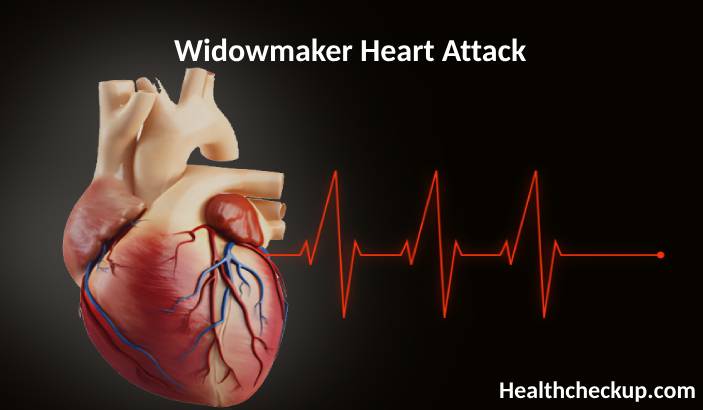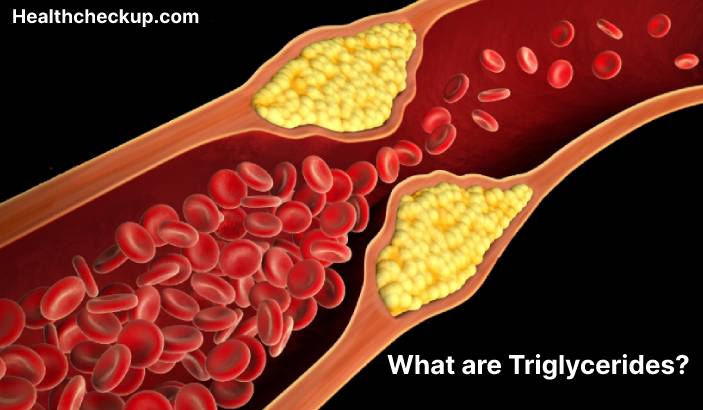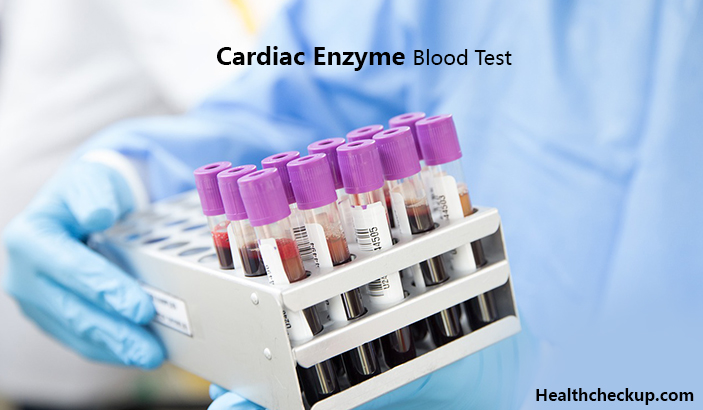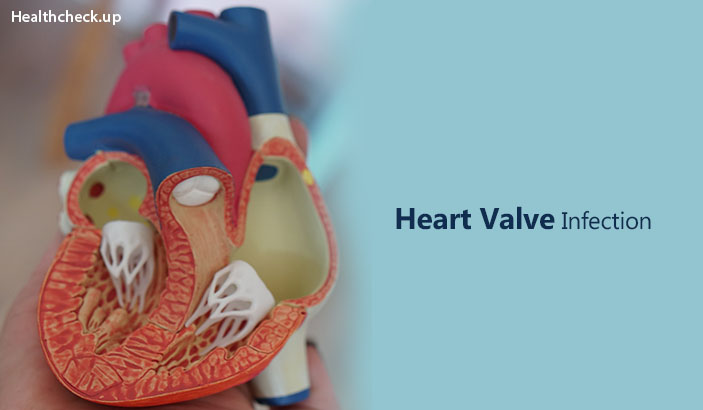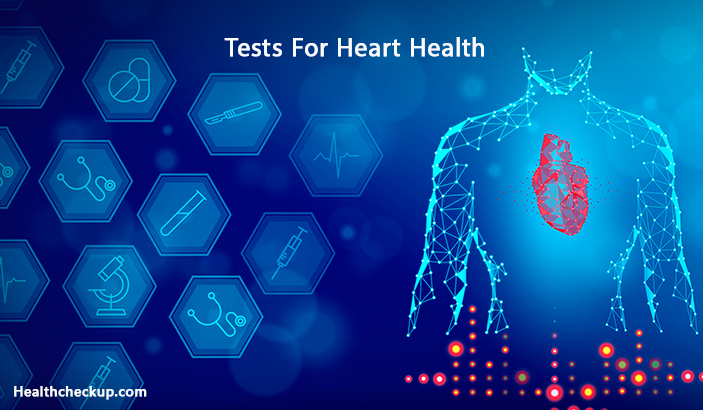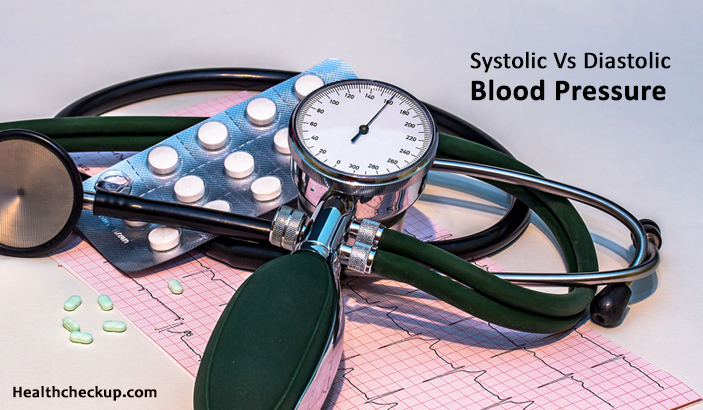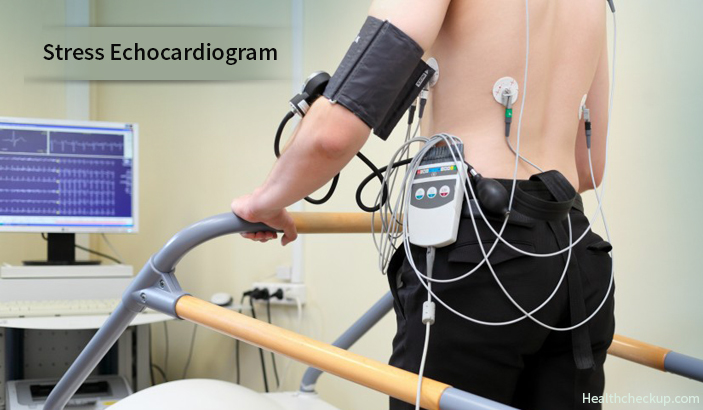The term “widowmaker” heart attack often sparks fear and anxiety, as it’s known to be a particularly dangerous and life-threatening cardiac event. This article will explore the widowmaker heart attack, its survival rate, symptoms, prevention strategies, and provide a comprehensive understanding of what it entails.
What is a Widowmaker Heart Attack?
A widowmaker heart attack refers to a severe myocardial infarction resulting from the complete blockage of the left anterior descending (LAD) artery, which is a crucial blood vessel supplying oxygen-rich blood to the front and main wall of the heart. This type of heart attack is called a “widowmaker” due to its high fatality rate, as the blockage can cause extensive damage to the heart muscle, leading to sudden cardiac arrest and death if not treated promptly.
Survival Rate of Widowmaker Heart Attacks
The survival rate for widowmaker heart attacks varies depending on several factors, including the speed of diagnosis, the availability of advanced medical care, and the patient’s overall health. When immediate medical intervention is provided, the survival rate can be as high as 80-90%. However, if treatment is delayed, the chances of survival decrease significantly, with some estimates suggesting a survival rate as low as 10-12%.
Symptoms of a Widowmaker Heart Attack
The symptoms of a widowmaker heart attack are similar to those of other types of heart attacks, but they may be more intense and sudden. These symptoms can include:
- Severe Chest Pain: Chest pain or discomfort, often described as a crushing or squeezing sensation, is a classic symptom of a heart attack, including the widowmaker. The pain radiates to the arms, neck, jaw, shoulders, or back.
- Shortness of Breath: Difficulty breathing, either accompanied by chest pain or occurring on its own, can be a sign of a widowmaker heart attack.
- Lightheadedness or Dizziness: Feeling lightheaded, dizzy, or faint may indicate a widowmaker heart attack, particularly if accompanied by other symptoms.
- Nausea and Vomiting: Nausea, vomiting, or indigestion can be symptoms of a heart attack, especially in conjunction with other symptoms.
- Cold Sweats: Breaking out in a cold sweat without any apparent reason could be a sign of a heart attack.
- Extreme Fatigue: Unexplained and sudden fatigue, particularly in women, can be a symptom of a heart attack.
It’s essential to seek immediate medical attention if you or someone you know is experiencing these symptoms, as rapid intervention is critical for survival.
Prevention Strategies for Widowmaker Heart Attacks
While some risk factors for heart attacks, such as age and family history, cannot be controlled, there are several prevention strategies that can help reduce the risk of a widowmaker heart attack:
- Maintain a Healthy Diet: Consuming a balanced diet rich in fruits, vegetables, whole grains, lean proteins, and healthy fats can help lower the risk of heart disease. Limiting salt, sugar, and processed foods is also essential for heart health.
- Engage in Regular Exercise: Aim for at least 150 minutes of moderate-intensity aerobic activity or 75 minutes of vigorous-intensity aerobic activity per week. Exercise can help maintain a healthy weight, lower blood pressure, and improve cholesterol levels.
- Manage Stress: Chronic stress can contribute to heart disease. Practice stress management techniques, such as meditation, deep breathing exercises, or yoga, to help maintain emotional well-being.
- Quit Smoking: Smoking is a major risk factor for heart disease. Quitting smoking can significantly reduce the risk of a heart attack.
- Limit Alcohol Consumption: Excessive alcohol intake can raise blood pressure and contribute to heart disease. It’s essential to limit alcohol consumption to moderate levels, which is defined as up to one drink per day for women and up to two drinks per day for men.
- Manage Chronic Conditions: Properly managing chronic conditions, such as high blood pressure, high cholesterol, or diabetes, can help lower the risk of heart attacks, including widowmaker heart attacks.
- Regular Medical Check-ups: Regular check-ups with your healthcare provider can help identify risk factors and enable early intervention to prevent heart attacks.
Understanding the Widowmaker Heart Attack
A widowmaker heart attack is a severe and life-threatening cardiac event that occurs due to the complete blockage of the left anterior descending (LAD) artery. Prompt medical intervention is crucial for survival, as the blockage can lead to extensive heart muscle damage and sudden cardiac arrest. Recognizing the symptoms of a widowmaker heart attack and seeking immediate medical care can significantly improve the chances of survival.
By adopting heart-healthy lifestyle choices and working with a healthcare provider to manage risk factors, individuals can take steps to reduce their risk of experiencing a widowmaker heart attack. Regular check-ups, a balanced diet, regular exercise, and stress management are all essential components of maintaining optimal heart health and minimizing the risk of life-threatening cardiac events.
I specialize in writing about health, medical conditions, and healthcare, drawing extensively from scientific research. Over the course of my career, I have published widely on topics related to health, medicine, and education. My work has appeared in leading blogs and editorial columns.


